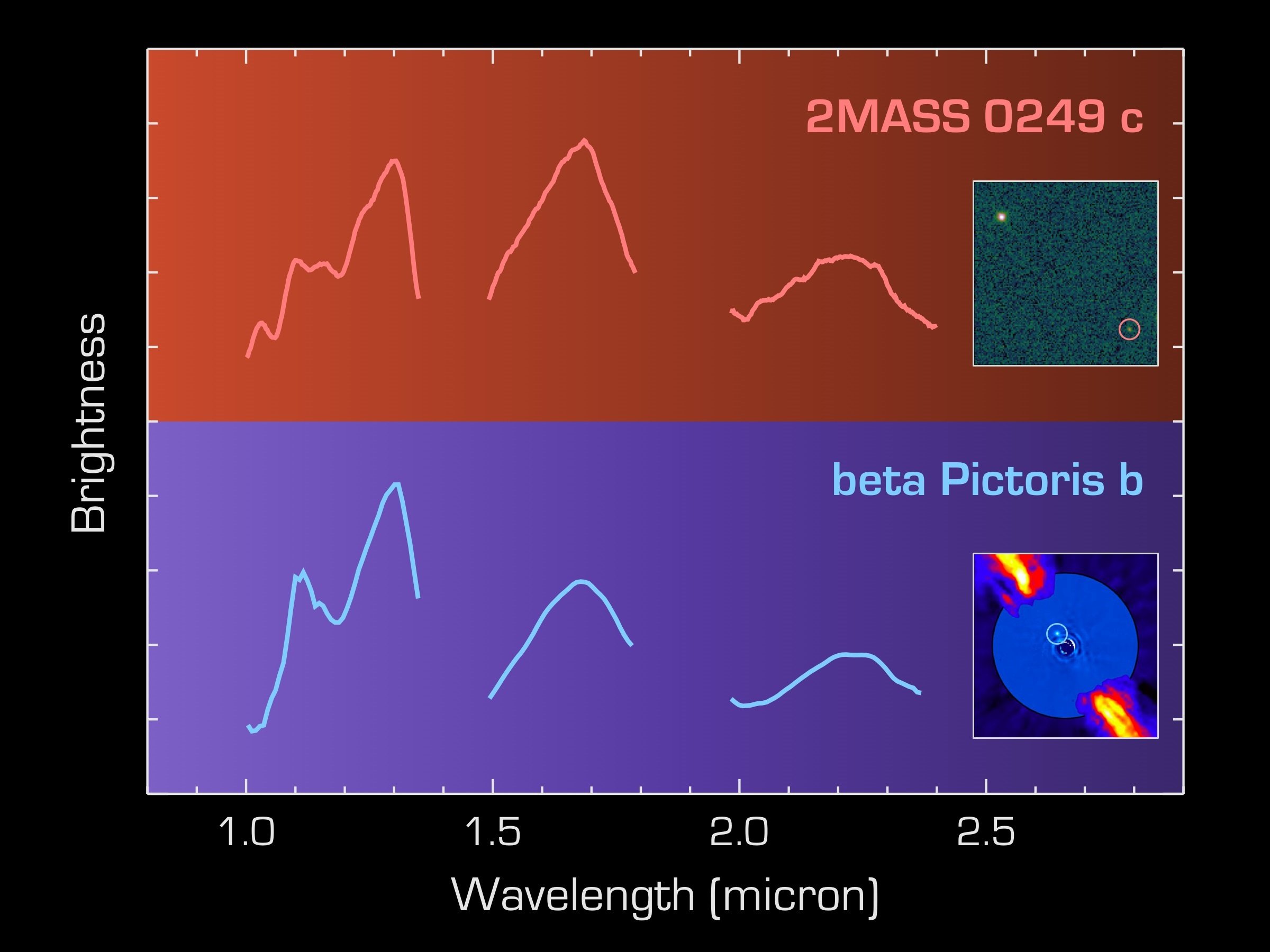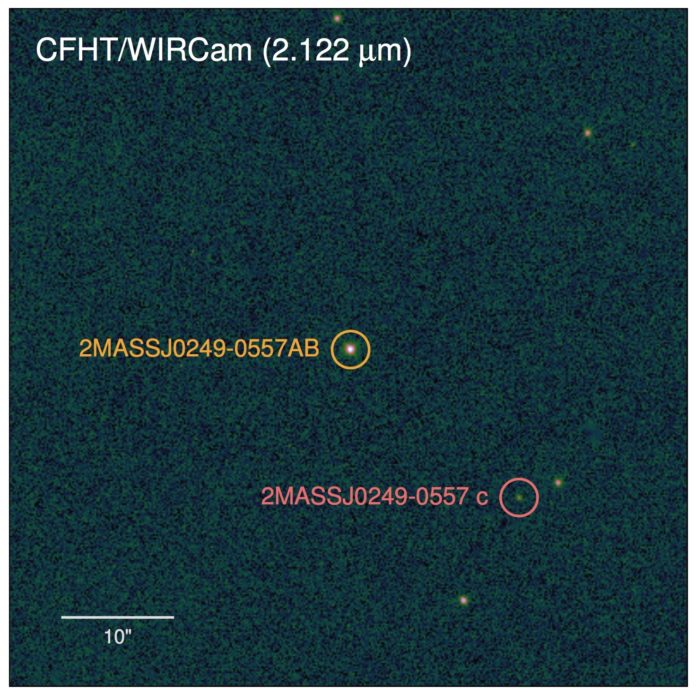In a new discovery, astronomers have imaged another planet, and it shows up about identical to a standout amongst other studied gas-giant planets. However, this doppelgänger contrasts in one critical way: its origin.
Astronomers discovered this gas-giant planet is a virtual twin of a previously known planet that looks similar to two objects formed in different ways.
Rising up out of stellar nurseries of gas and dust, stars are conceived like little cats in a litter, in bundles and definitely meandering far from their origination. These litters involve stars that differ enormously, running from little runts unequipped for creating their own particular energy(called brown dwarfs) to massive stars that end their lives with supernova explosions.
Amidst this unrest, planets conform to these new stars. Also, once the stellar nursery depletes its gas, the stars (with their planets) depart their origin and uninhibitedly meander the Galaxy. In light of this exodus, astronomers accept there ought to be planets conceived in the meantime from the same stellar nursery, however orbiting stars that have moved far from each other over the eons, as missing kin.

Trent Dupuy, an astronomer at the Gemini Observatory and leader of the study said, “We have found a gas-giant planet that is a virtual twin of a previously known planet, but it looks like the two objects formed in different ways.”
Astronomers identified that the principal instance of such a planetary doppelgänger. One protest has for quite some time been known: the 13-Jupiter-mass planet beta Pictoris b, one of the principal planets found by coordinate imaging, in 2009. The new protest, named 2MASS 0249 c, has a similar mass, brightness, and range as Beta Pictoris b.
In the wake of finding this object with the Canada-France-Hawaii Telescope (CFHT), scientists established that 2MASS 0249 c and beta Pictoris b were conceived in the same stellar nursery. At first glance, this makes the two objects not simply clones but rather honest to goodness kin.
However, the planets have vastly different living situations, namely the types of stars they orbit. The host for beta Pictoris b is a star 10 times brighter than the Sun, while 2MASS 0249 c orbits a pair of brown dwarfs that are 2000 times fainter than the Sun. Furthermore, beta Pictoris b is relatively close to its host, about 9 astronomical units (AU, the distance from the Earth to the Sun), while 2MASS 0249 c is 2000 AU from its binary host.
Their different arrangements suggest that the planets’ upbringings were not in the least indistinguishable. The customary picture of gas-giant formation, where planets begin as small rocky cores around their host star and develop by collecting gas from the star’s orbit, likely made beta Pictoris b.
In contrast, the host of 2MASS 0249 c did not have enough of a disk to make a gas giant, so the planet likely formed by directly accumulating gas from the original stellar nursery.
Kaitlin Kratter, an astronomer at the University of Arizona and a collaborator on this work said, “2MASS 0249 c and beta Pictoris b show us that nature has more than one way to make very similar looking exoplanets, beta Pictoris b probably formed like we think most gas giants do, starting from tiny dust grains. In contrast, 2MASS 0249 c looks like an underweight brown dwarf that formed from the collapse of a gas cloud. They’re both considered exoplanets, but 2MASS 0249 c illustrates that such a simple classification can obscure a complicated reality.”
Scientists primarily observed 2MASS 0249 c using pictures from CFHT, and their rehashed perceptions uncovered this object is circling at an extensive separation from its host. The framework has a place with the beta Pictoris moving gathering, a generally scattered arrangement of stars named for its renowned planet-hosting star.
The team’s observations with the W. M. Keck Telescope determined that the host is actually a closely separated pair of brown dwarfs. So altogether, the 2MASS 0249 system comprises two brown dwarfs and one gas-giant planet. Follow-up spectroscopy of 2MASS 0249 c with the NASA Infrared Telescope Facility and the Astrophysical Research Consortium 3.5-meter Telescope at Apache Point Telescope demonstrated that it shares a remarkable resemblance to beta Pictoris b.
The 2MASS 0249 system is an appealing target for future studies. Most directly imaged planets are very close to their host stars, inhibiting detailed studies of the planets due to the bright light from the stars. In contrast, the very wide separation of 2MASS 0249 c from its host binary will make measurements of properties like its surface weather and composition much easier, leading to a better understanding of the characteristics and origins of gas-giant planets.
This work is accepted for publication in the Astronomical Journal.
